How to Sell Online Courses Successfully? Follow These 10 Steps
Learn how to sell online courses in 10 simple steps. From marketing to pricing, this guide shows you exactly how to boost your online course sales.
Learn how to sell online courses in 10 simple steps. From marketing to pricing, this guide shows you exactly how to boost your online course sales.

Digital education has exploded. The global e-learning market climbed past $316 billion in 2023, with projections pointing toward $933.5 billion by 2032. More people seek skills online than ever before as professionals crave upskilling, hobbyists chase passion, and institutions shift toward remote learning.
Want to know how to sell online courses and stand out in this booming space? This guide shares 10 practical steps showing how to plan your course, reach learners, price correctly, pick platforms, and promote smartly.
Let’s get started.

Many creators ask: Is selling online courses profitable? Short answer: yes, though profit depends on demand, niche, and marketing. Online learning revenue worldwide hit about $185.2 billion in 2024, with projected growth to $279.3 billion by 2029.
Learners keep paying for knowledge that solves problems, advances careers, and enriches hobbies. That means the course you build has real potential if you deliver clear value.
Profit comes from flexibility: You can sell one-time courses, launch bundles, or build subscription-based offerings. Once course content exists, delivering it to new students costs almost nothing, so margins stay high. Tools help too. For example, platforms like Coursebox AI help instructors design interactive lessons, add quizzes, and even launch branded course sites without heavy technical work. That cuts development time and increases speed to market.
So yes, selling online courses can be highly profitable if you approach it with the right strategy. This guide shares expert course creation tips to help you turn effort into a sustainable income stream.

Follow these 10 practical steps to plan, create, and successfully sell your online course from start to finish.
The first step in learning how to sell online courses is clarity. You need a course idea that solves a real problem for a specific audience. A well-defined audience increases chances of engagement, sales, and long-term success.
Ask yourself:
Tips to validate your idea:
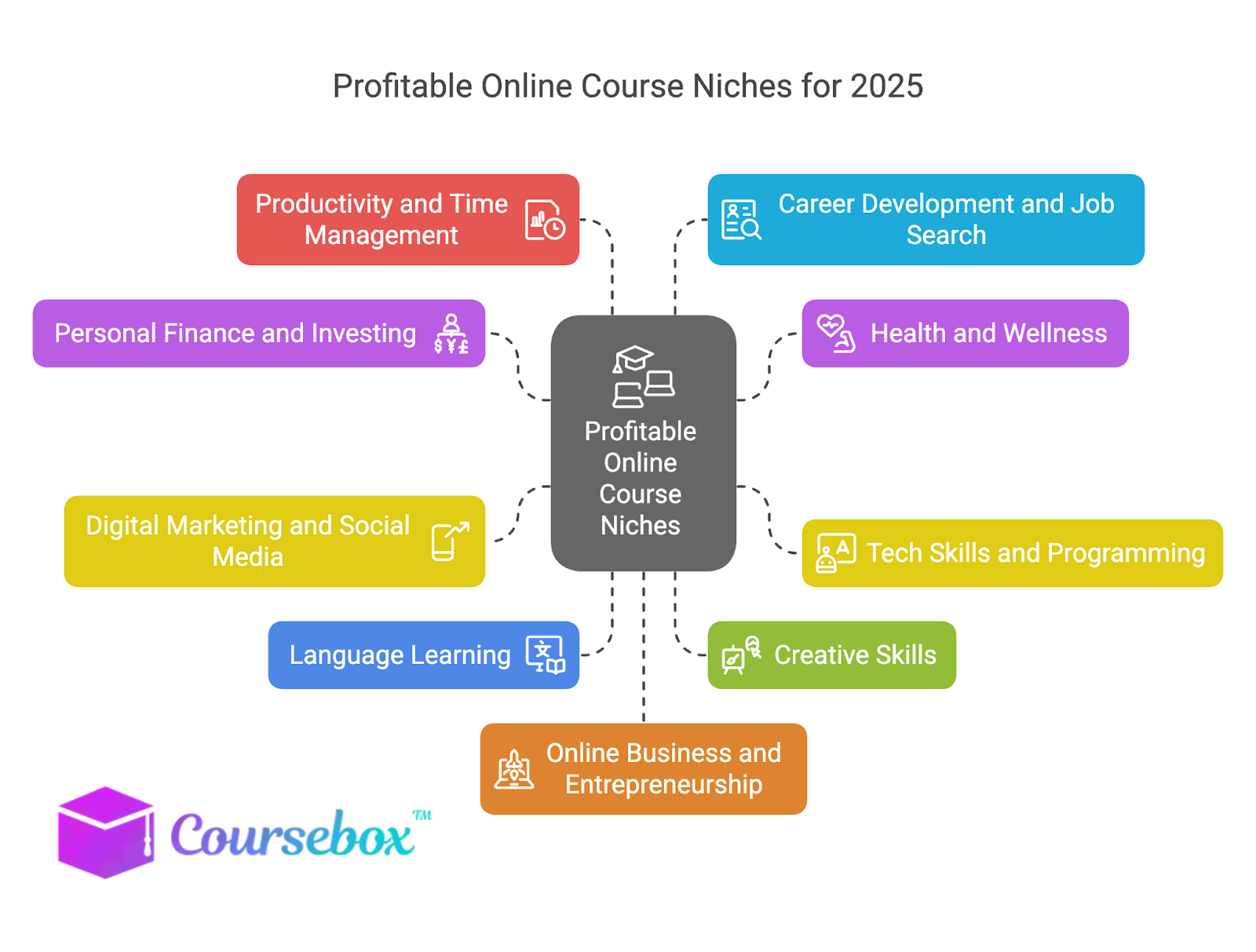
After defining your audience, the next step is planning a clear course structure. A well-organized course shows learners exactly what they will achieve and builds confidence in purchasing.
Steps to structure your course:
Expert tip: Modern course creation platforms like Coursebox AI can convert notes, documents, or research into a draft course structure. They also suggest quizzes and interactive elements to save time and improve engagement.
Once your course idea and structure are ready, focus on building an audience. Even the best courses struggle to sell without people who know about them. Early visibility helps generate interest, feedback, and trust.
Key strategies to grow your audience:

After planning your course and growing your audience, it’s time to create a home for your content. A professional website or sales page helps potential students understand the value of your course and makes purchasing easy.
Key elements for a successful sales page:
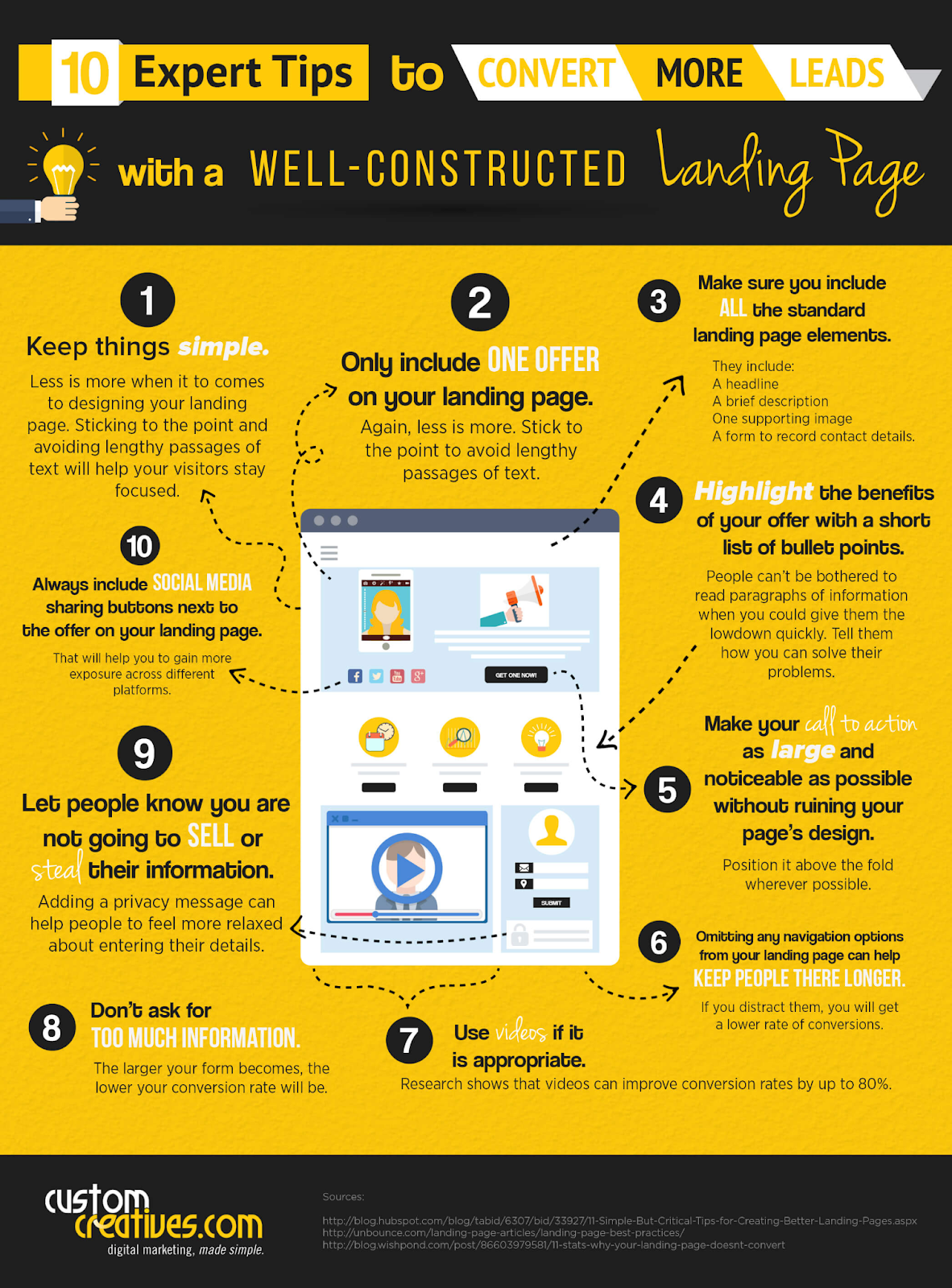
Expert tip: If building a standalone website feels overwhelming or is out of your budget, you can also sell courses directly on Coursebox AI and earn a passive income. The platform provides a full Learning Management System (LMS) with built-in e-commerce features.
You can:

Driving organic traffic is a long-term way to sell online courses without relying solely on paid ads. Search Engine Optimization (SEO) and blogging help your content get discovered by learners actively searching for solutions.
Key strategies for SEO and blogging:
Video content is one of the most effective ways to engage learners and showcase expertise. Sharing free lessons, tutorials, or tips helps build credibility, attract followers, and generate interest in your paid courses.
How to leverage free video content:
Bonus tip: Platforms like Coursebox AI can help convert existing course materials into video scripts, interactive previews, or micro-lessons that are ready to share online. This saves time and ensures content is aligned with your paid course.
Publishing your course on established marketplaces can help you reach learners quickly and build credibility before driving traffic to your own platform. Marketplaces have built-in audiences looking for courses in various topics.
How to use marketplaces effectively:
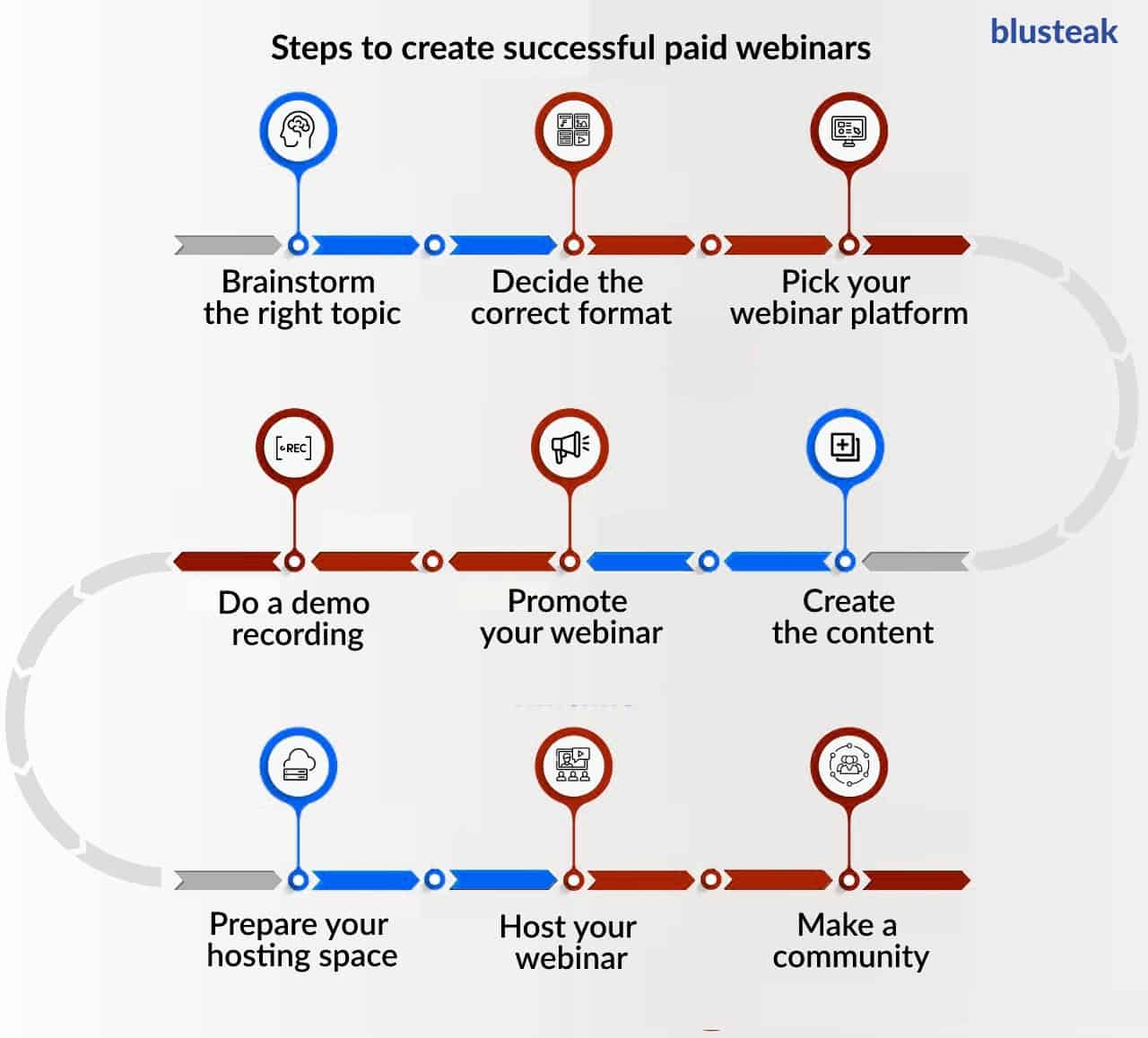
Webinars and events are powerful tools to connect with your audience and build trust. Live sessions allow learners to experience your teaching style firsthand and ask questions, which can increase course sales.
Tips for effective webinars:
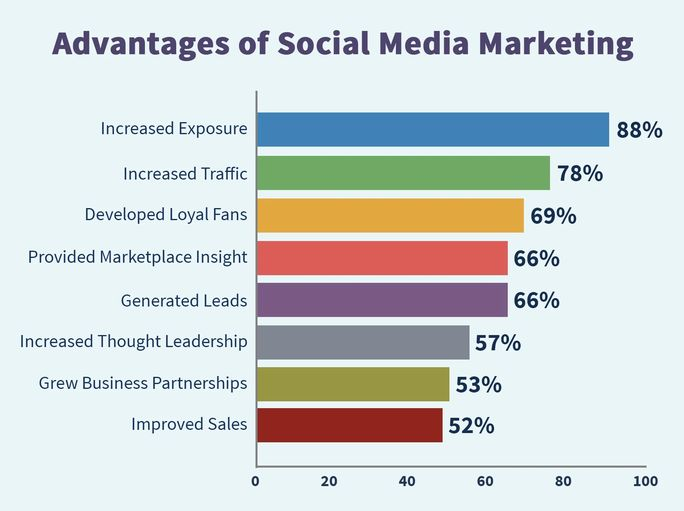
Collaboration with influencers or appearing on podcasts exposes your course to a broader audience. Partnering with people who share your niche can accelerate growth and increase credibility.
Ways to collaborate effectively:

Paid advertising helps scale your course once you have a clear audience and website. Ads can target learners based on interests, demographics, or search intent.
Effective ad strategies:
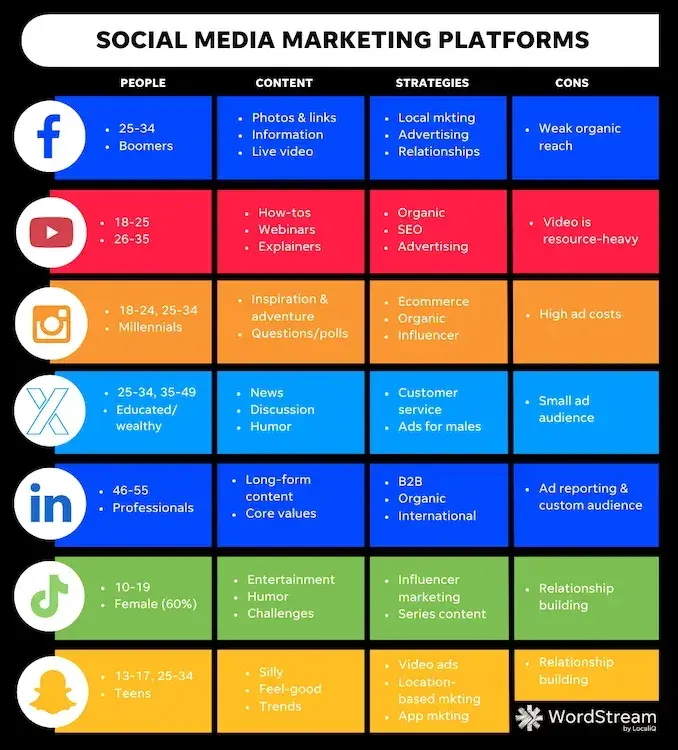
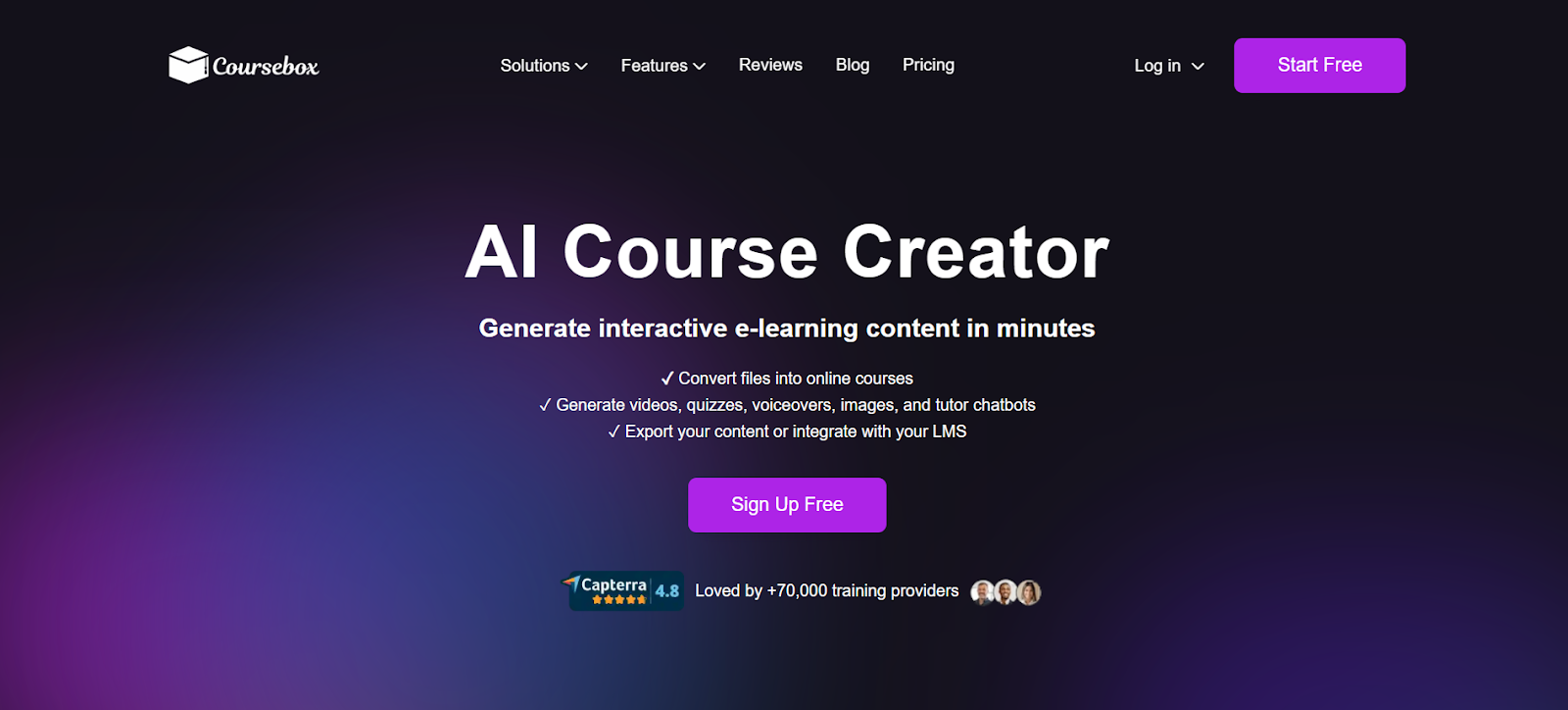
You’ve learned the key steps to plan, build, and share your course. Learning how to sell online courses works best when you put these ideas into practice, test what works, and keep improving.
Start by validating your idea, organizing lessons clearly, and connecting with learners. Use tools and platforms to make the process easier and reach more students.
Ready to get started? Book a demo or explore our pricing to see how quickly you can launch your course and start sharing your knowledge with the world.
The best platform depends on your goals and audience. Marketplaces like Udemy and Skillshare offer built-in traffic, while platforms like Coursebox AI or Teachable let you sell directly with more control over pricing, branding, and student experience. Choose one that fits your course type and long-term strategy.
Marketing starts with knowing your audience. Use social media, email newsletters, content marketing, free video lessons, webinars, and online communities. Paid ads can amplify reach. Highlight benefits, solve problems, and show what learners will achieve. Testing different strategies helps find what works best.
Courses in high-demand topics like tech, marketing, business, finance, and health tend to earn the most. Specialized skills or niche expertise can also command high prices. Success depends on course quality, marketing strategy, and audience engagement rather than topic alone.
Launching costs vary widely. Basic expenses include course creation tools, website hosting, email platforms, and marketing. You can start for under $100 with free tools or invest several thousand dollars for professional videos, branding, and ads. Planning and validating your idea first helps avoid unnecessary spending.
You can sell online courses without upfront costs by using free platforms like Coursebox AI’s free plan, Gumroad, or social media channels. Offer the course with basic features, collect emails, and promote through organic reach. Free versions often include limited functionality or a revenue share.
Some of the best free course builders include Coursebox AI (free plan), Teachable Free, Thinkific Free, and Google Classroom. They allow course creation, content hosting, and basic student management. Free plans usually limit features, so consider upgrading when your course grows.
Popular platforms include Udemy, Skillshare, Teachable, Thinkific, Podia, Kajabi, and Coursebox AI. Marketplace platforms provide built-in traffic, while independent platforms offer full control over branding, pricing, and student experience. Choose based on your goals, audience, and monetization strategy.
Make money by creating valuable content, pricing it appropriately, and promoting it effectively. Use free marketing, email lists, social media, and paid ads. Consider subscriptions, bundles, or tiered access. Consistently updating content and engaging learners increases retention and revenue.
You can create a course for free using platforms like Coursebox AI, Google Classroom, Teachable Free, or Thinkific Free. Start with an outline, add lessons in text, video, or quizzes, and publish for learners. Free tools allow basic hosting and student management without upfront investment.
Get started for free today.
